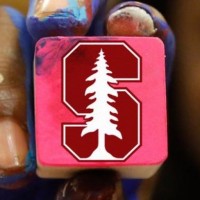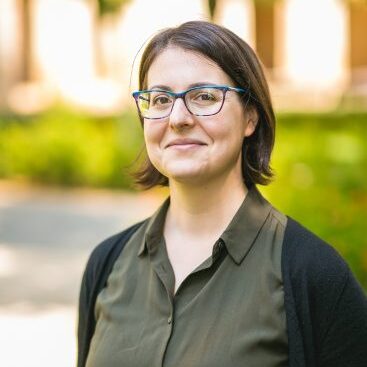
Writing Medicine: Reflective Writing Sessions for Healthcare Workers and Their Loved Ones
Sponsored by Medicine and the Muse
Writing Medicine is a weekly, virtual reflecting-writing session for healthcare workers and the people who love them to write, reflect and share in the time of Covid-19. It is led by Stanford Medicine's Writer-in-Residence and Director of Writing and Storytelling at the Medicine and the Muse Program, Laurel Braitman PhD, a NYT bestselling author. In just two weeks we have amassed roughly 260 participants and plan to offer weekly workshops for the duration of the pandemic. So far (in the first two sessions) participants included residents, ethicists, nurses, social workers, medical students, clinical chaplains, anesthesiologists, emergency docs, physician assistants, hospitalists, nurse's assistants, oncologists, therapists, psychiatrists and many more. Also their sisters and brothers, parents, partners and children. Our aim is to offer participants a chance to pause and take time to focus on not just what is urgent, but what's important--using the arts and creative writing to help healthcare workers reflect on and process some of what they are experiencing. No writing experience is necessary. We have had 260 people sign up for these workshops and every week we are seeing more and more interest. Participants have written poetry, prose, creative nonfiction and more. And not only are they writing, but we are seeing a powerful and supportive community begin to form in and around the workshops. You can check out our website here: www.writingmedicine.org.



